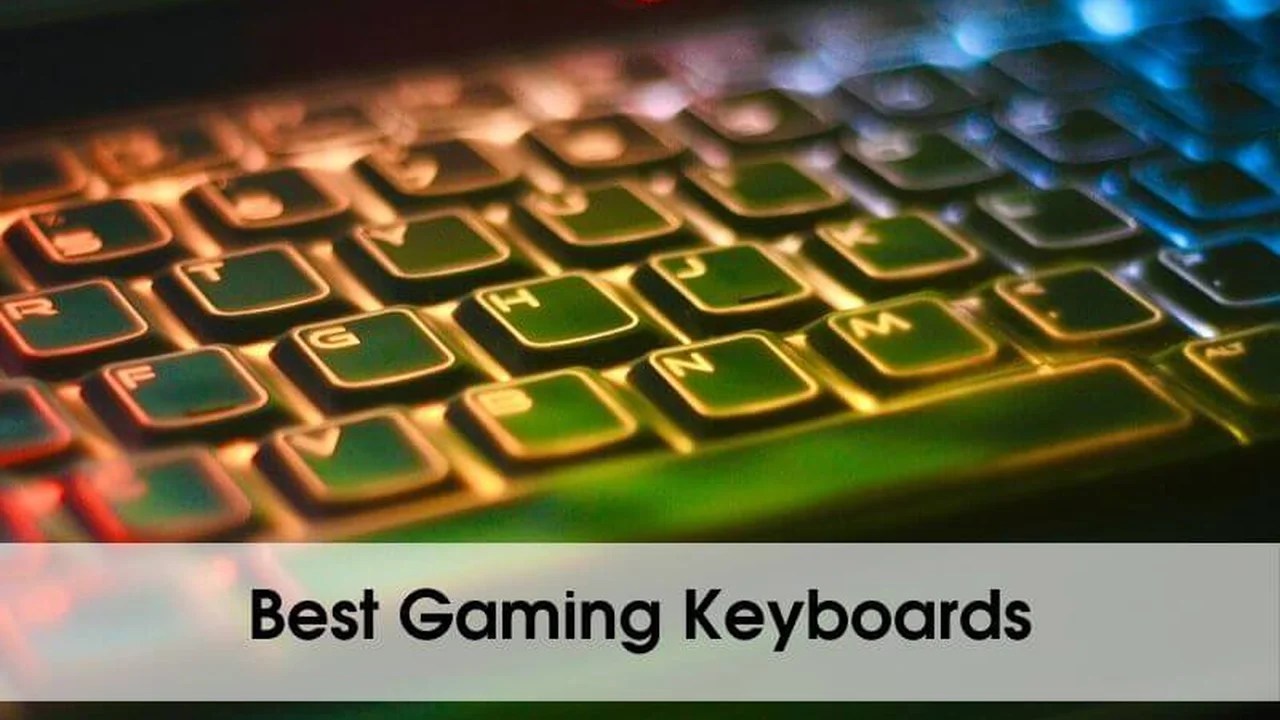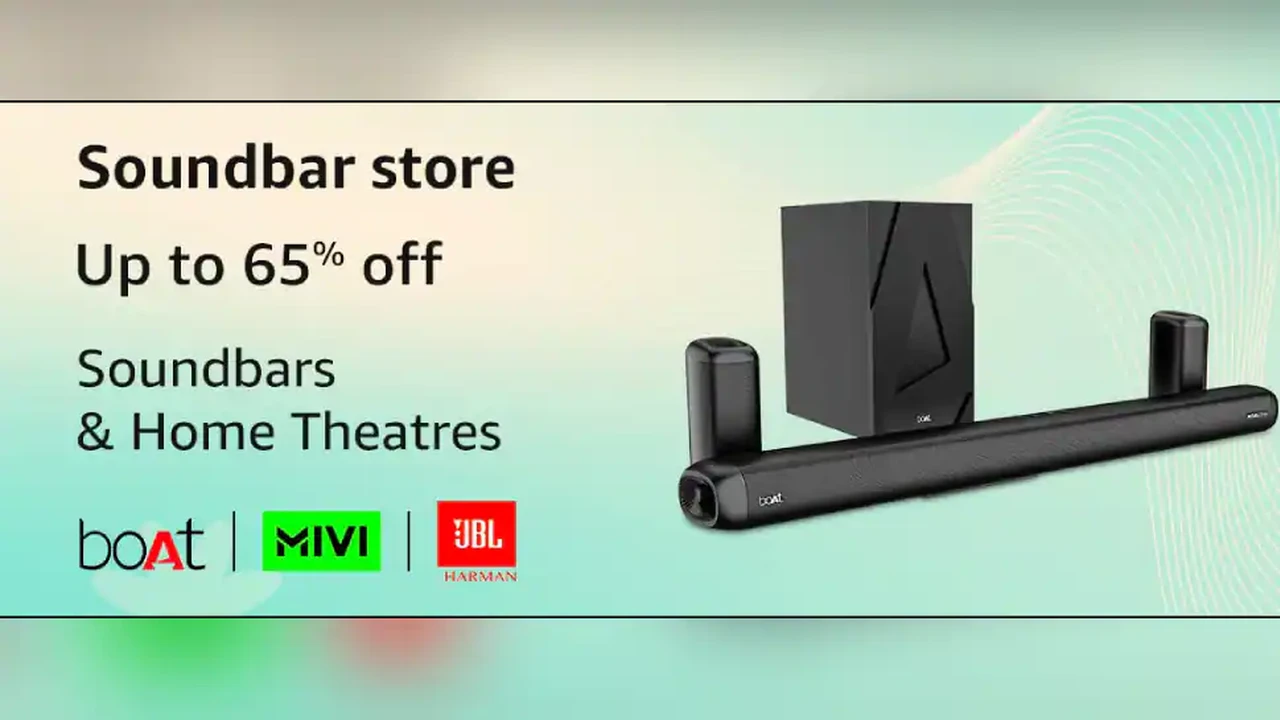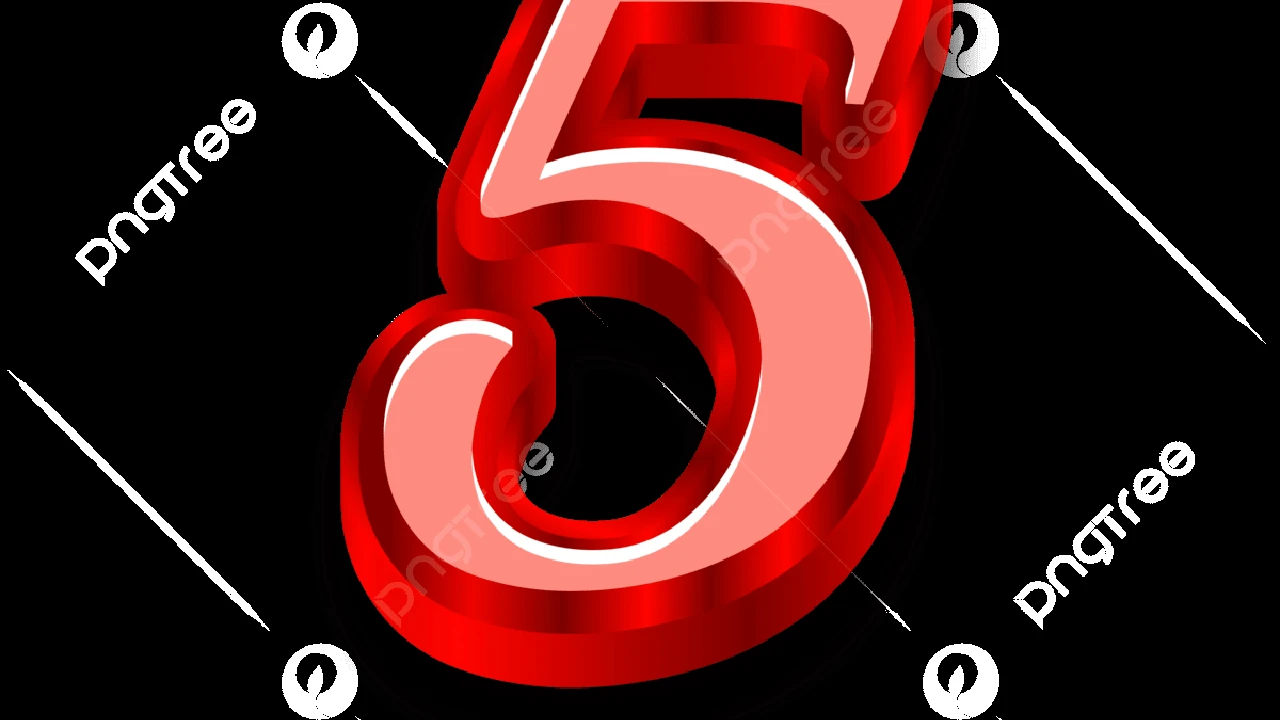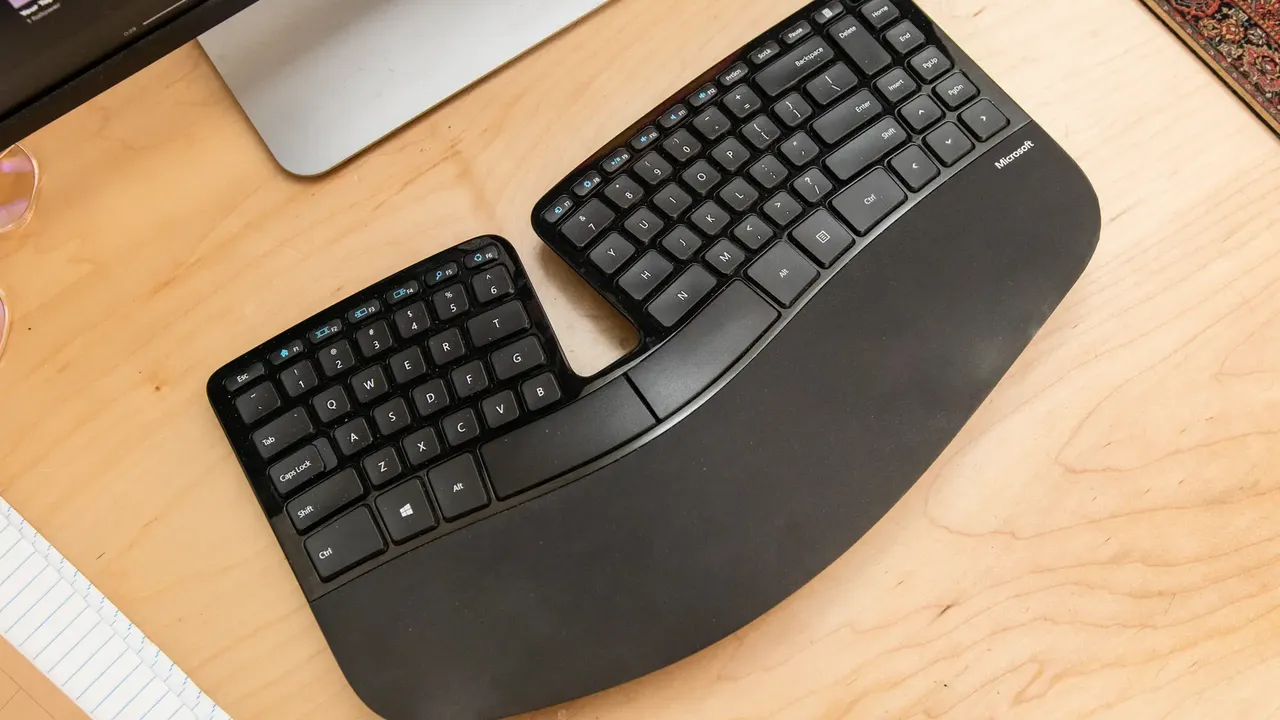
Comparing Gaming Keyboards for Performance and Comfort
Hey there, fellow gamers! If you're serious about your gameplay, you know that every piece of your setup matters. And when it comes to input devices, your keyboard is right up there with your mouse. It's not just about typing; it's about lightning-fast reactions, comfortable long-term use, and that satisfying clicky-clack that just feels right. But with so many options out there – mechanical, membrane, optical, oh my! – how do you pick the perfect one? Don't sweat it, we're here to break down the world of gaming keyboards, helping you find the one that elevates your game and keeps your fingers happy.
Understanding Gaming Keyboard Types: Mechanical, Membrane, and Optical Switches Explained
Let's start with the core of any keyboard: the switches. This is where the magic happens, determining how your key presses register and what kind of tactile feedback you get. Knowing the differences between mechanical, membrane, and optical switches is crucial for making an informed decision.
Mechanical Keyboards: The Gamer's Favorite for Tactile Feedback and Durability
Mechanical keyboards are often considered the gold standard for gaming, and for good reason. Each key has its own individual switch, which provides a distinct tactile bump or audible click when pressed. This not only gives you precise feedback but also makes them incredibly durable, often rated for millions of keystrokes. The variety of switch types, like Cherry MX, Gateron, and Kailh, allows for a highly personalized typing and gaming experience.
Cherry MX Red vs Brown vs Blue: Finding Your Perfect Mechanical Switch
Within mechanical switches, you'll find a spectrum of options. Cherry MX, for example, is a popular brand with several distinct types:
- Cherry MX Red: These are linear switches, meaning they have a smooth, consistent keystroke without a tactile bump or click. They're popular among gamers for their fast actuation and quiet operation, making them ideal for rapid key presses in fast-paced games.
- Cherry MX Brown: A tactile switch with a subtle bump but no audible click. Browns offer a good balance between typing and gaming, providing feedback without being too loud. They're a great all-rounder.
- Cherry MX Blue: These are clicky and tactile switches, providing both a noticeable bump and an audible click. Blues are loved by typists for their satisfying feedback but can be a bit loud for shared spaces or streaming.
- Cherry MX Speed Silver: Similar to Reds but with a shorter actuation distance, meaning they register presses even faster. Perfect for competitive gamers looking for every millisecond advantage.
Membrane Keyboards: Affordable, Quiet, and Good for Casual Gaming
Membrane keyboards are what you'll typically find bundled with pre-built PCs or in office environments. Instead of individual switches, they use a rubber dome layer that presses down onto a circuit board. They are generally much quieter and more affordable than mechanical keyboards. While they lack the distinct tactile feedback of mechanical switches, modern membrane keyboards have improved significantly in responsiveness and can be perfectly adequate for casual gaming or users on a budget.
Optical Keyboards: The New Kid on the Block for Speed and Durability
Optical keyboards are a newer innovation that uses light to register key presses. When you press a key, it breaks a beam of light, sending a signal to the computer. This technology offers incredibly fast actuation times, as there's no physical contact required for the switch to register. They are also highly durable because there are fewer moving parts to wear out. Optical switches are gaining popularity among competitive gamers who prioritize speed and longevity.
Key Features to Consider When Buying a Gaming Keyboard: RGB, Macro Keys, and More
Beyond the switch type, several other features can significantly impact your gaming experience. Let's dive into what else you should look for.
RGB Lighting: Personalization and Aesthetic Appeal for Your Gaming Setup
RGB lighting has become a staple in gaming peripherals. It's not just about looking cool (though it definitely does!). Customizable RGB backlighting allows you to personalize your setup, match your other peripherals, and even create visual cues for in-game actions or cooldowns. Many keyboards offer per-key RGB lighting, allowing for intricate lighting patterns and effects.
Macro Keys and Software: Automating Complex Actions for Competitive Advantage
Dedicated macro keys, often found on the left side or top of the keyboard, allow you to program complex sequences of commands into a single key press. This can be a huge advantage in MMOs, MOBAs, or any game where you need to execute multiple actions quickly. Accompanying software usually allows for easy macro creation and profile management, letting you switch between different keybinds for different games.
Anti-Ghosting and N-Key Rollover (NKRO): Ensuring Every Keystroke Registers
These are crucial features for gamers. Anti-ghosting prevents unregistered key presses when multiple keys are pressed simultaneously. N-Key Rollover (NKRO) takes this a step further, ensuring that every single key press registers, no matter how many keys you press at once. This is vital for fast-paced games where you might be pressing several keys at the same time, like running, jumping, and reloading.
Wrist Rests: Enhancing Comfort for Extended Gaming Sessions
Long gaming sessions can take a toll on your wrists. A comfortable wrist rest, either integrated or detachable, can significantly reduce strain and improve ergonomics. Look for soft, padded wrist rests that provide good support.
Build Quality and Materials: Durability for Intense Gaming
A good gaming keyboard should feel solid and durable. Look for keyboards with an aluminum top plate or a sturdy plastic chassis. Braided cables are also a plus, as they are more resistant to fraying and tangling. Some keyboards even offer spill resistance, which can be a lifesaver if you're prone to accidental spills.
Top Gaming Keyboard Recommendations: From Budget-Friendly to High-End Performance
Alright, now that we've covered the basics, let's look at some specific recommendations across different price points and types. Remember, prices can fluctuate, so always check current listings!
Best Overall Mechanical Gaming Keyboard: SteelSeries Apex Pro TKL Wireless
The SteelSeries Apex Pro TKL Wireless is a fantastic choice for serious gamers who want top-tier performance and customization. It features OmniPoint 2.0 adjustable mechanical switches, allowing you to customize the actuation point of each key from 0.2mm to 3.8mm. This means you can have super-fast actuation for gaming and a deeper, more deliberate press for typing. It's also a TKL (Tenkeyless) design, saving desk space, and offers robust wireless connectivity. The OLED smart display is a neat touch for on-the-fly settings adjustments. It's a premium keyboard with a premium price tag, usually around $200-$250 USD.
Best Budget Mechanical Gaming Keyboard: HyperX Alloy Origins Core
If you're looking for a solid mechanical keyboard without breaking the bank, the HyperX Alloy Origins Core is an excellent option. It uses HyperX's own mechanical switches (available in Red, Aqua, and Blue variants), which are known for their responsiveness and durability. The full aluminum body gives it a premium feel, and the vibrant RGB lighting is a nice bonus. It's a TKL design, making it compact and portable. You can often find this one for around $70-$100 USD, offering incredible value for its performance.
Best Optical Gaming Keyboard: Razer Huntsman V2
For those who prioritize speed above all else, the Razer Huntsman V2 is a top contender. It features Razer's 2nd-gen Optical Switches, which offer near-instantaneous actuation and incredible durability. It comes with a comfortable magnetic plush leatherette wrist rest, dedicated media keys, and a multi-function digital dial. The sound dampening foam inside the chassis also helps to reduce typing noise. This keyboard is a beast for competitive gaming and typically retails for around $150-$200 USD.
Best Wireless Gaming Keyboard: Logitech G915 TKL LIGHTSPEED
If you crave a clean, cable-free setup without sacrificing performance, the Logitech G915 TKL LIGHTSPEED is your go-to. It uses Logitech's low-profile GL mechanical switches (available in tactile, linear, and clicky variants), which offer a satisfying feel with a shorter travel distance. Logitech's LIGHTSPEED wireless technology provides a super-fast 1ms report rate, making it feel just like a wired keyboard. It also boasts incredible battery life and stunning RGB lighting. Expect to pay around $180-$230 USD for this premium wireless experience.
Best Membrane Gaming Keyboard: Razer Cynosa V2
For gamers who prefer the quiet operation and softer feel of a membrane keyboard, the Razer Cynosa V2 is a fantastic choice. It offers individually backlit keys with full RGB customization, which is rare for membrane keyboards. It also features dedicated media keys and full programmability with Razer Synapse software. While it won't offer the same tactile feedback as a mechanical keyboard, it's a very responsive and comfortable option for casual gaming and everyday use. It's also very affordable, usually around $40-$60 USD.
Setting Up Your Gaming Keyboard: Software, Keybinds, and Customization Tips
Once you've got your new keyboard, it's time to get it set up for optimal performance. This usually involves downloading software, customizing keybinds, and tweaking settings to your liking.
Installing Keyboard Software: Unlocking Full Customization Potential
Most gaming keyboards come with proprietary software (e.g., SteelSeries GG, Razer Synapse, Logitech G HUB, HyperX NGENUITY). Download and install this software as soon as you get your keyboard. This is where you'll be able to:
- Customize RGB lighting effects and colors.
- Program macros and assign them to specific keys.
- Remap keys to different functions.
- Create and manage different profiles for various games or applications.
- Adjust actuation points (on keyboards with adjustable switches).
- Update firmware for improved performance and bug fixes.
Optimizing Keybinds for Your Favorite Games: Efficiency and Speed
Spend some time in your favorite games experimenting with keybinds. Don't just stick to the defaults if they don't feel natural. Think about the actions you perform most frequently and try to place them in easily accessible locations. For example, in an FPS, you might want jump, crouch, and reload within easy reach of your left hand. For an MMO, utilizing macro keys for complex spell rotations can be a game-changer.
Creating Profiles for Different Games and Applications: Seamless Transitions
Most keyboard software allows you to create multiple profiles. This is incredibly useful! You can have one profile optimized for your main competitive game, another for an RPG, and even one for productivity tasks. The software often allows you to link profiles to specific applications, so your keyboard automatically switches settings when you launch a game. This saves you from manually adjusting settings every time you switch activities.
Maintaining Your Gaming Keyboard: Cleaning and Care for Longevity
To keep your gaming keyboard performing its best and looking great, regular cleaning is essential. Dust, crumbs, and spills can accumulate under the keycaps and affect performance. Here are some quick tips:
- Dusting: Use compressed air to blow out dust and debris from between the keys.
- Keycap Cleaning: For mechanical keyboards, you can often remove keycaps (using a keycap puller) to clean underneath them. Use a damp cloth (not soaking wet!) with a mild cleaning solution to wipe down the keycaps.
- Surface Cleaning: Wipe down the keyboard surface with a microfiber cloth.
- Spills: If you spill liquid, immediately unplug the keyboard, turn it upside down to drain, and let it dry completely before plugging it back in. For serious spills, professional cleaning might be necessary.
The Future of Gaming Keyboards: Innovation and Emerging Technologies
The world of gaming peripherals is constantly evolving, and keyboards are no exception. What can we expect to see in the future?
Analog Switches: Pressure Sensitivity for Enhanced Control
Some newer keyboards are starting to incorporate analog switches, like those found in controllers. This means the key can detect how far down you press it, allowing for more nuanced control. Imagine gently pressing 'W' to walk slowly in a game, or fully pressing it to sprint, all on the same key. This technology is still relatively new but holds immense potential for immersive gameplay.
Haptic Feedback: Feeling Your Game Through Your Keyboard
While still largely experimental for keyboards, haptic feedback could add another layer of immersion. Imagine feeling a subtle vibration through your keys when you take damage in a game, or a distinct rumble when you fire a powerful weapon. This could blur the lines between your input device and the game world.
AI Integration: Smart Keyboards for Adaptive Gaming
Could AI play a role in future keyboards? Perhaps. Imagine a keyboard that learns your playstyle and automatically adjusts actuation points or suggests optimal keybinds. Or a keyboard that can detect fatigue and suggest breaks. While this might sound like science fiction, AI is rapidly integrating into all aspects of technology, and gaming peripherals could be next.
Choosing the right gaming keyboard is a personal journey. It depends on your budget, your preferred switch type, the games you play, and your personal comfort. Whether you go for the satisfying click of a mechanical, the quiet efficiency of a membrane, or the lightning speed of an optical, investing in a good gaming keyboard will undoubtedly enhance your gaming experience. So go ahead, explore the options, and find the perfect keyboard to dominate your next gaming session!
:max_bytes(150000):strip_icc()/277019-baked-pork-chops-with-cream-of-mushroom-soup-DDMFS-beauty-4x3-BG-7505-5762b731cf30447d9cbbbbbf387beafa.jpg)






